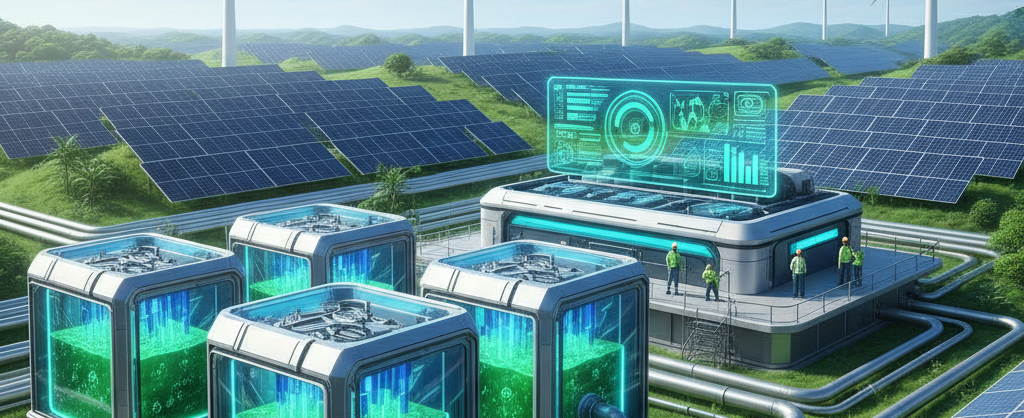In 2025, renewable energy technologies are at the forefront of combating climate change, with breakthroughs in solar, wind, and emerging sources like hydrogen and geothermal driving a global shift toward clean power. As fossil fuels wane amid escalating environmental costs, these innovations promise energy security, economic growth, and reduced emissions, aligning with international goals like net-zero by 2050. From advanced materials to smart grids, renewable energy is not just sustainable—it’s becoming smarter, more efficient, and accessible worldwide.

Historical Progress and Key Milestones
The renewable revolution gained momentum in the 1970s oil crises, spurring investments in solar photovoltaic (PV) and wind turbines. The 2000s saw costs plummet: solar PV prices dropped 89% since 2010, per the International Renewable Energy Agency (IRENA). Landmark events include Germany’s Energiewende policy and China’s dominance in solar manufacturing, producing over 80% of global panels.
By 2025, milestones like the U.S. Inflation Reduction Act and EU’s REPowerEU have accelerated deployment, with renewables comprising 35% of global electricity. Innovations such as perovskite solar cells, achieving 30% efficiency, outpace traditional silicon, while offshore wind farms like the UK’s Hornsea Project generate gigawatts reliably.
Cutting-Edge Technologies and Applications
Core advancements include:
- Solar and Wind Enhancements: Bifacial panels capture light from both sides, boosting output by 20%, and floating solar farms on reservoirs maximize land use. Wind turbines now reach 15 MW capacities with AI-optimized blades for variable winds.
- Energy Storage: Lithium-ion batteries evolve with solid-state alternatives, offering higher density and safety, while flow batteries enable grid-scale storage for intermittent sources.
- Emerging Frontiers: Green hydrogen, produced via electrolysis from renewables, fuels heavy industries, with projects like Australia’s Hydrogen Hub scaling production. Geothermal advancements tap enhanced systems in non-volcanic areas, providing baseload power.
These technologies integrate via smart grids, using IoT and AI for demand-response, reducing waste by up to 15% in pilots like California’s.

Global Impact and Challenges
Renewables are transforming economies: jobs in the sector hit 13 million globally, per IRENA, with developing nations like India leading in solar additions. Environmentally, they avert billions of tons of CO2 annually, aiding biodiversity and air quality.
Yet, challenges persist: supply chain vulnerabilities for rare earths, grid infrastructure upgrades, and equity issues in transition. Policies must address “just transitions” for fossil-dependent communities, while recycling programs mitigate e-waste from panels and batteries.
Path to a Renewable-Dominated World
As 2025 unfolds, fusion energy edges closer with ITER’s progress, complementing renewables. This era demands collaborative innovation, from R&D funding to international tech transfers, fostering a worldview where energy abundance coexists with planetary health.
Renewable innovations aren’t just powering homes—they’re energizing a sustainable, equitable future.
